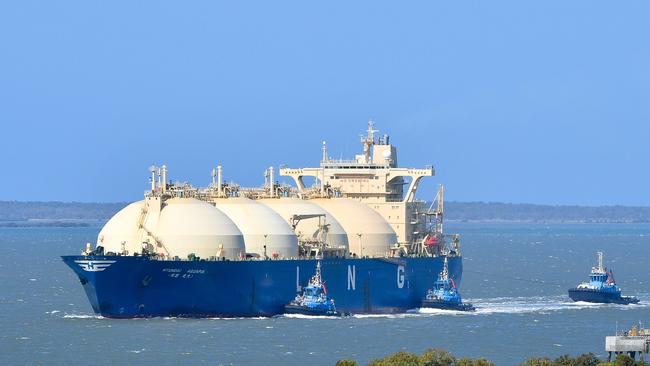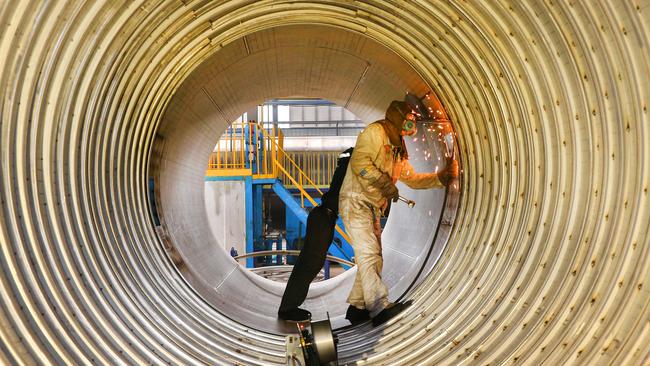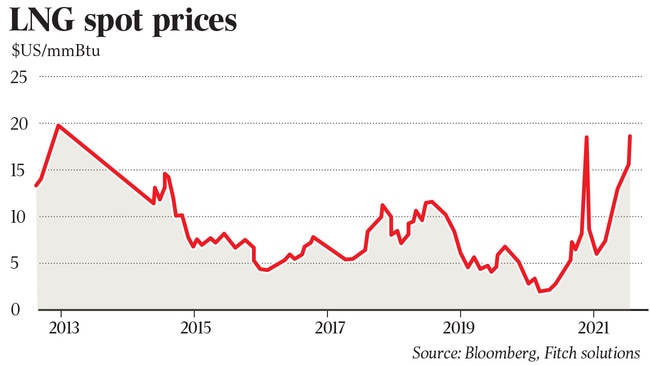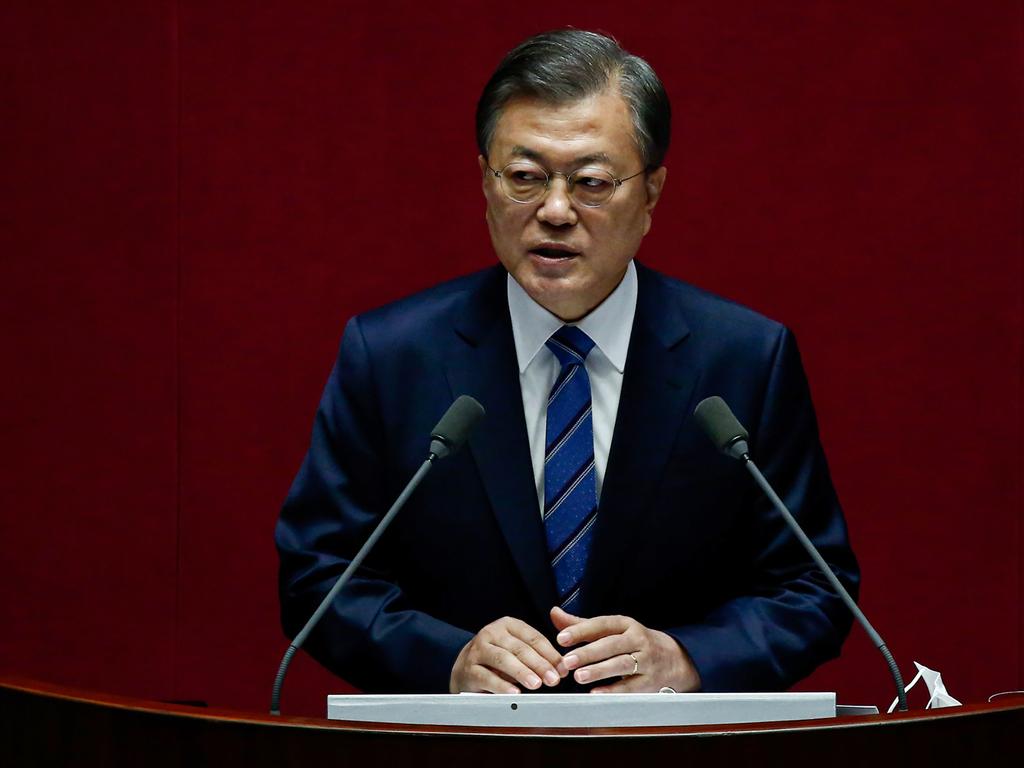Soaring LNG prices in Asia pose demand risk: Fitch
Soaring Asian LNG prices may blunt demand for gas exporters including Australia as big buyers such as China and Japan seek cheaper fuel alternatives.

Soaring Asian LNG prices may blunt demand for gas exporters including Australia as big buyers such as China and Japan seek cheaper fuel alternatives or reduce industrial production, research house Fitch Solutions has warned.
North Asia LNG prices are trading at an all-time high for September at more than $US20 per million British thermal units, a fourfold increase on February levels and echoing a price spike in January when a cold winter caught buyers on the hop.
The price jump has been caused by a range of factors, including the resurgence of demand as economies lift out of pandemic lockdowns and low stockpiles in Europe that has added fresh competition for Asian buyers.
If prices remain at current levels, major buyers may avoid the spot market while emerging economies such as Pakistan could ditch the sector altogether, Fitch said.
“The surge in spot LNG prices likely has further to go, and in our view provides a downside risk to near-term LNG demand as buyers seek out lower-cost alternatives to manage fuel costs and alleviate pressure on consumers,” Fitch said.
China, the world’s largest LNG buyer, may limit purchases on the spot market. China is the joint largest export market for Australian LNG, which supplies 45 per cent of Beijing’s needs.
“Chinese buyers, in spite of pro-gas energy policies at home, have not shied away from reducing spot purchases in the past when prices rose to unfavourable levels and could repeat such behaviours should current price conditions persist,” Fitch noted.
“In fact, anecdotal evidence from China already suggests that this could already be taking place to some degree, with some downstream industries having to reduce production and procurement, in order to manage rising energy costs.”

The looming northern hemisphere winter may exacerbate the price jump, with a cold snap in January resulting in a cargo of Australian LNG selling for $US37 per mbtu, a near 20-fold jump from six months previously.
“Is a supply crunch looming? The winter looks pretty tight,” International Energy Agency analyst Peter Zeniewski said on Twitter. “Gas prices have been on a wild ride of late. These spot prices are telling us markets are tight. Lots of reasons for this, from factory output rebounding in Asia to aircon use during heatwaves to high European carbon prices pushing more gas into the power stack. Storage is low. Supply is gummed up here and there.”
Despite the high international benchmarks, prices on Australia’s east coast have remained relatively subdued at or below $10 a gigajoule since August 1.
Higher renewables output, limited new contracts from industrial customers and a milder winter have all limited domestic consumption, consultancy Energy Edge has said, and helped keep a lid on local prices, which are increasingly tied to international LNG markets.
LNG producers are also juggling increasing demands from Asian buyers to offer carbon-neutral gas cargoes as countries look for ways to meet ambitious climate targets over the next decade.

Japan’s use of LNG will fall by nearly half by 2030 while coal is set to decline by 40 per cent from current levels, a government document stated in July.
Carbon capture and storage is one method being deployed by companies such as Santos to meet emission reduction goals and customers’ needs, although the industry must accelerate action to have a meaningful impact, consultancy Wood Mackenzie said.
“Across the region, the pace of investment remains too slow. While targeting net zero emissions by 2050 is now the industry standard, customers increasingly want more from suppliers,” WoodMac analyst Dan Toleman said.
“In response, LNG producers must be more ambitious, bringing CCS into the mainstream to protect their projects as carbon prices rise and buyer sentiment moves further towards net zero gas.”






To join the conversation, please log in. Don't have an account? Register
Join the conversation, you are commenting as Logout